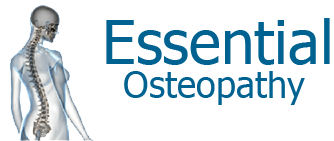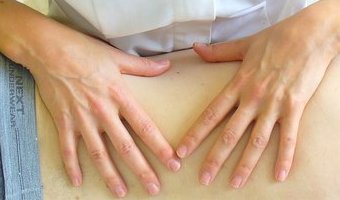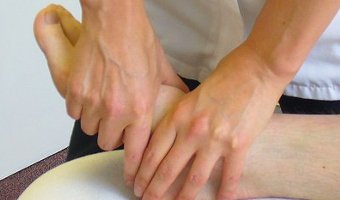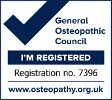Low back pain and Osteopathic manipulation
(BMC Musculoskeletal Disorder / Pub Med)
Abstract
Background
Osteopathic manipulative treatment (OMT) is a distinctive modality commonly used by osteopathic physicians to complement their conventional treatment of musculoskeletal disorders. Previous reviews and meta-analyses of spinal manipulation for low back pain have not specifically addressed OMT and generally have focused on spinal manipulation as an alternative to conventional treatment. The purpose of this study was to assess the efficacy of OMT as a complementary treatment for low back pain.
Methods
Computerized bibliographic searches of MEDLINE, EMBASE, MANTIS, OSTMED, and the Cochrane Central Register of Controlled Trials were supplemented with additional database and manual searches of the literature.
Six trials, involving eight OMT vs control treatment comparisons, were included because they were randomized controlled trials of OMT that involved blinded assessment of low back pain in ambulatory settings. Data on trial methodology, OMT and control treatments, and low back pain outcomes were abstracted by two independent reviewers. Effect sizes were computed using Cohen’s d statistic and meta-analysis results were weighted by the inverse variance of individual comparisons. In addition to the overall meta-analysis, stratified meta-analyses were performed according to control treatment, country where the trial was conducted, and duration of follow-up. Sensitivity analyses were performed for both the overall and stratified meta-analyses.
Results
Overall, OMT significantly reduced low back pain (effect size, -0.30; 95% confidence interval, -0.47 – -0.13; P = .001). Stratified analyses demonstrated significant pain reductions in trials of OMT vs active treatment or placebo control and OMT vs no treatment control. There were significant pain reductions with OMT regardless of whether trials were performed in the United Kingdom or the United States. Significant pain reductions were also observed during short-, intermediate-, and long-term follow-up.
Conclusion
OMT significantly reduces low back pain. The level of pain reduction is greater than expected from placebo effects alone and persists for at least three months. Additional research is warranted to elucidate mechanistically how OMT exerts its effects, to determine if OMT benefits are long lasting, and to assess the cost-effectiveness of OMT as a complementary treatment for low back pain.
For the full research paper text go to:







